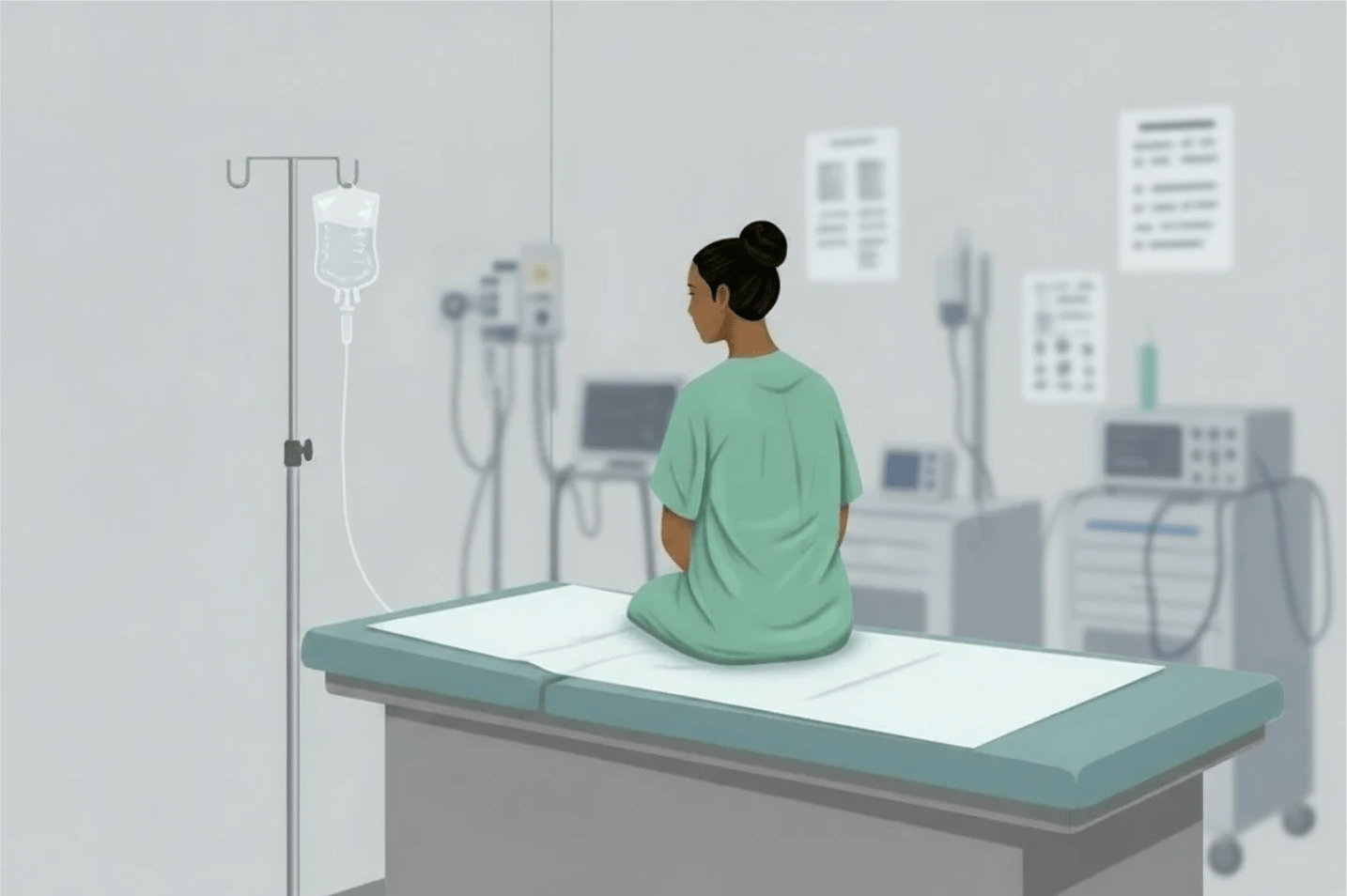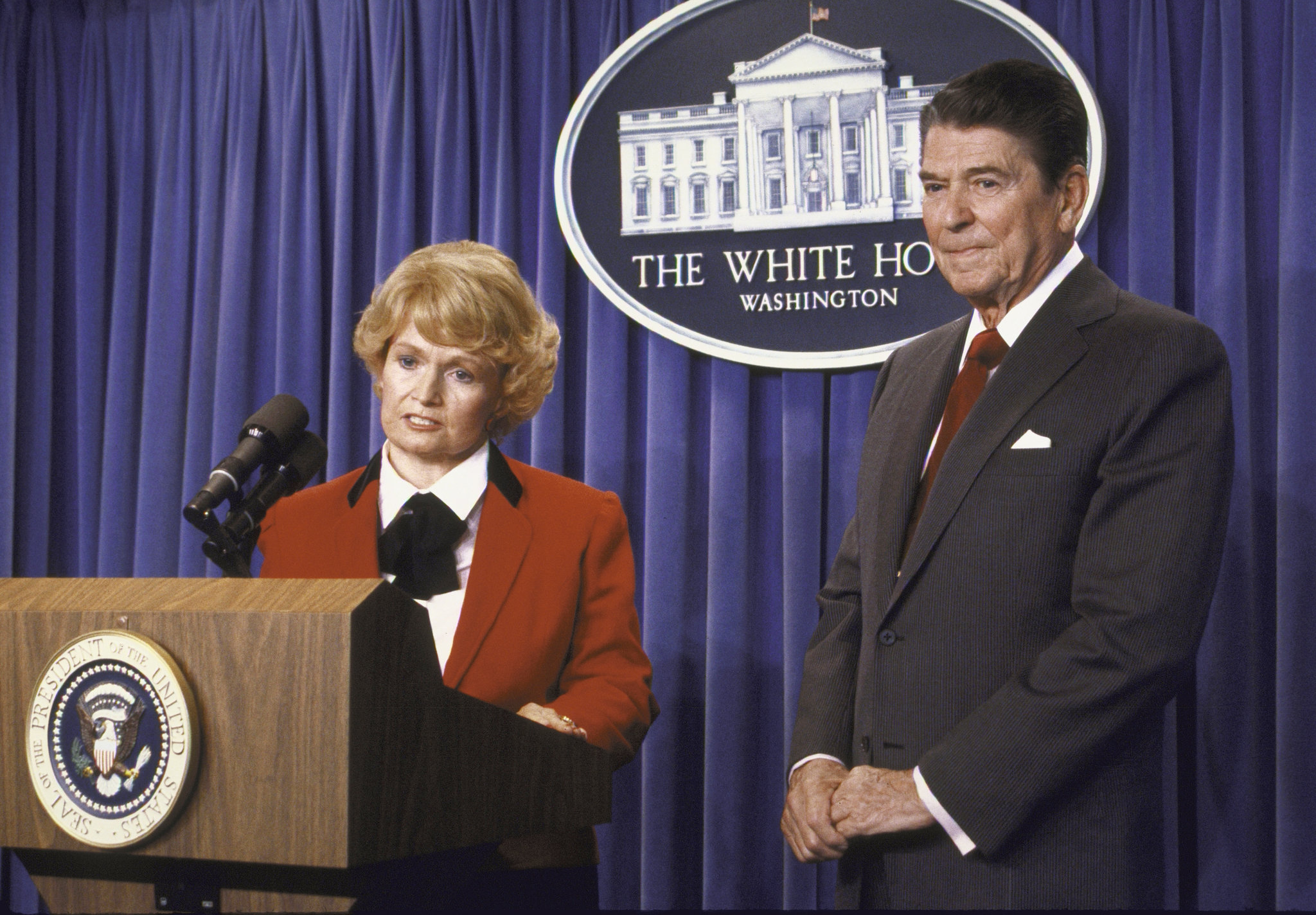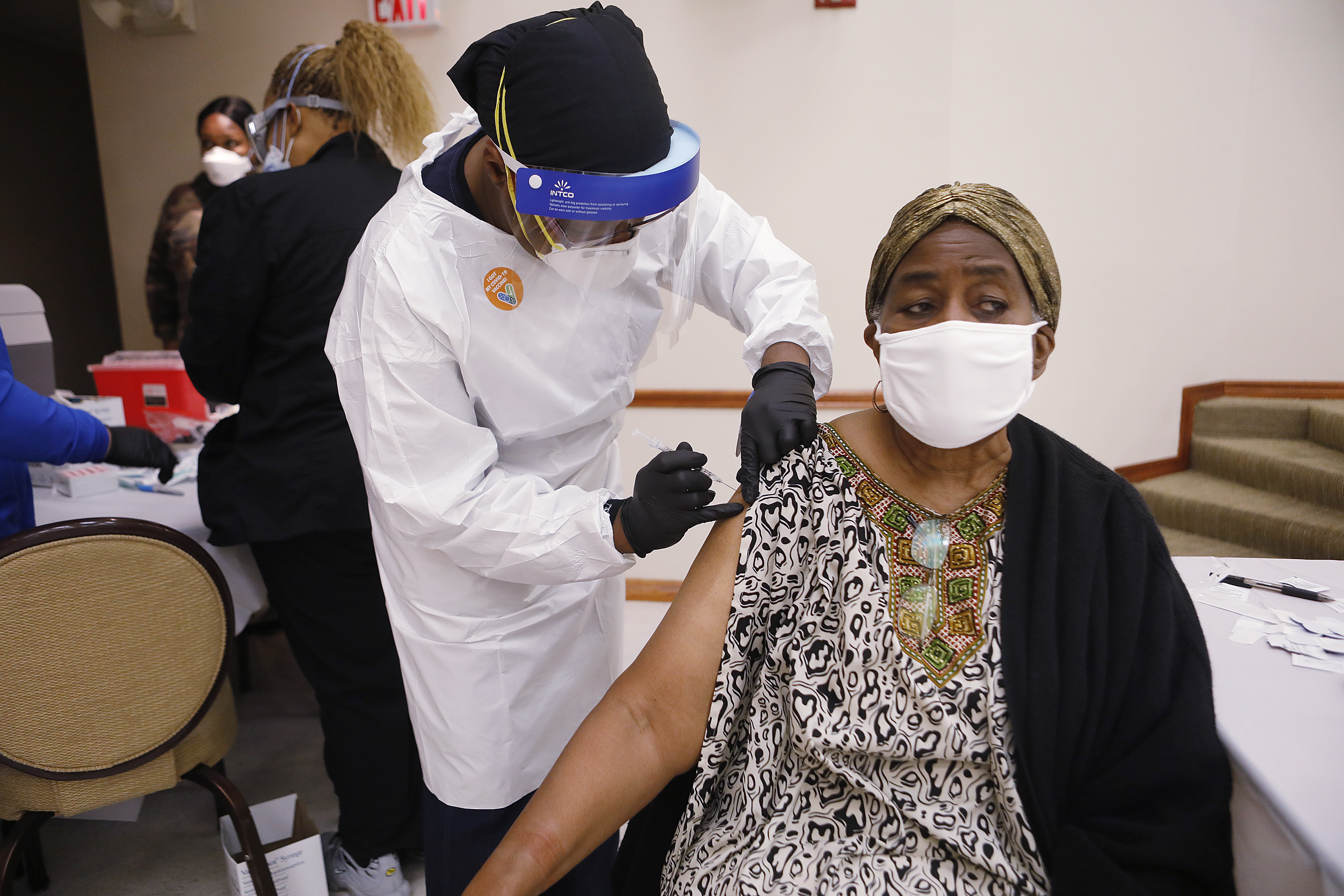
Racial disparities in health outcomes are stark between Black Americans and other groups.
Black Americans are uninsured at 1.5 times the rate of white Americans, less likely to have comprehensive health coverage, and more likely to die from preventable causes compared with their non-Black counterparts.
“From the cradle to the grave, Black Americans suffer worse health outcomes than white people,” reports KFF, an independent organization focused on health journalism. Black Americans have a “higher incidence of cancer, asthma, chronic stress, maternal and infant mortality, and myriad other health problems.” In 2021, the Centers for Disease Control and Prevention declared that “racism is a serious public health threat.”
There has never been a time in history when Black Americans lived as long as white Americans. In 2022, the difference in life expectancy between Black and white Americans was 4.7 years.

The big question is why — why does race, which is not biologically real, have strong predictive power over lifespan? Why do white Americans live longer, and Black Americans and other people of color die sooner?
Investigating the disparities
In 1985, US Secretary of Health and Human Services Margaret M. Heckler launched a study to find answers, “mark[ing] the first time the US government comprehensively studied the health status of racial and ethnic minorities,” according to Harvard Medical School. Heckler assembled the Task Force on Black and Minority Health to deal with a “tragic dilemma” — that despite major advances in medical science, people of color did not benefit equally. The task force sought to understand this “national paradox”: though health rapidly improved overall, serious racial inequities remained, and even widened, over time.
The task force’s findings became known as the Heckler Report. It introduced a key measure: “excess deaths,” meaning the number of Black Americans who died but wouldn’t have if they had had the same death rates as white people of the same age and gender. The Heckler Report estimated about 60,000 excess deaths each year among Black Americans.

Unequal Treatment and Ending Unequal Treatment expanded that work. The latter found “stark racial and ethnic disparities” that “contribute to millions of premature deaths, resulting in loss of years of life and economic productivity, and costing the United States hundreds of billions of dollars annually.”
Between 1999 and 2020, “the Black population had 1.63 million excess deaths, representing more than 80 million years of potential life lost,” according to a recent JAMA study. “After initial progress, excess mortality and years of potential life lost among the US Black population stagnated and then worsened.” One of the most visible examples is Black maternal mortality: Black women are 3.5 times more likely to die from pregnancy-related causes than their white counterparts, and the Black infant death rate is also twice that of white infants.
Interestingly, a 2020 study reported that the rate of infant death is lower when a Black infant is delivered by a Black doctor. Its findings were highly publicized as evidence that racism is the driving factor in the infant mortality disparity. However, researchers from the conservative think tank Manhattan Institute assessed the data, replicated the study, and highlighted what they believe was a critical flaw: the strongest predictor of infant mortality is very low birth weight (a weight of less than 1,500 grams, or 3 pounds 5 ounces), but this variable was overlooked in the 2020 study. When you account for it, they say, “the apparently strong benefits of matching Black newborns with Black doctors became unmeasurably small.” They concluded that “the potential for improving neonatal outcomes for Black infants lies more in reducing the incidence of newborns born with very low birth weights… than in the color of their doctors’ skin.”

Barriers to Racial Equality Today
Poor health outcomes among Black Americans are closely linked to inequities in the health care system. Here are five major ways those barriers show up:
Black Americans receive less consistent medical care. Black people are more likely to be uninsured, and more likely to go without medical care because of cost. They are also less likely to have a primary care provider. As a result, many rely on emergency rooms for treatment — but they face obstacles there, too.
Black Americans receive less priority in emergency rooms. Studies show that Black patients wait longer for care and are assigned lower triage scores (triage scoring is how hospitals decide which patients need care first). This leads to delays, inconveniences, and longer hospital stays.
Racial biases prevent medical professionals from properly treating Black people’s pain. A 2016 study of medical students found that some held false beliefs about Black people, such as the notion that they have “thicker skin” and “less sensitive” nerve endings than white people. As the American Association of Medical Colleges reports, “half of trainees surveyed held one or more such false beliefs.” Believing that Black people experience less pain, medical professionals do less to treat Black people’s pain: “A meta-analysis of 20 years of studies covering many sources of pain in numerous settings found that Black/African American patients were 22% less likely than white patients to receive any pain medication.”

Black Americans face higher exposure to environmental hazards. For decades, sites with dangerous pollution have been concentrated in low-income communities of color. Nearly 80% of municipal solid waste incinerators are located in low-income, mostly Black neighborhoods. According to NPR, researchers link this pattern to decades of housing segregation and redlining in which policy-makers “steered power plants, oil refineries, and other industrial facilities” into their communities. Exposure to pollution raises risks for asthma, heart disease, cancer, and preterm births. Social policy researcher Luke Shaefer noted, “I can take facts from 100 years ago about segregation and lynchings for a county, and I can predict the poverty rate and life expectancy with extraordinary precision.”
Black Americans often face unequal access to treatment, even when they need it the most. According to the nonprofit newsroom The Markup, there are “scores of clinical algorithms with race-based adjustments; as of March 2025, there are 42 risk calculators… that still use race and ethnicity to some capacity in medical decision making.” For example, algorithms for kidney function, when accounting for race, assumed that Black people had higher baseline function — an adjustment that artificially inflated Black people’s kidney function score and, in turn, lowered their spot on the transplant list. These adjustments were introduced in an attempt to achieve greater accuracy and equality, but they actually made it harder for Black people to get needed treatment. In the same vein, though diabetes is least prevalent among the white population, white diabetics are more likely to “receive newer, higher cost drugs and diabetic technology,” and as a result, “Black patients with diabetes experience hospitalization rates more than 2.5 times higher than those for White patients.”
Abuses of Power
There is also a long history of medical malpractice against Black Americans — such as the Tuskegee experiment, which left syphilis untreated in hundreds of Black men long after treatment became available; torturous experimentation in gynecology performed on enslaved Black women; and the taking of cervical cancer cells for research from a dying Henrietta Lacks without her permission. All of these cases of Black people trusting in medical professionals only to be seriously harmed and violated may contribute to Black Americans’ distrust of medical institutions.

Comprehensive Solutions
When we talk about the racial disparities in health outcomes, people often debate whether the problem stems from systemic racism or from individuals’ choices about their health. But rather than being an either/or, individual choices and systemic factors affect one another. We see this by considering social determinants of health (SDOH), which the CDC defines as “the nonmedical factors that influence health outcomes.” Its examples include “safe housing, transportation, and neighborhoods; polluted air and water; and access to nutritious foods and physical health opportunities.” According to a 2023 analysis, these determinants include “the conditions in which people live, learn, work, and play that are determined by the distribution of money, power, and resources and that affect a wide range of health and quality-of-life risks and outcomes.”
In recent years, government initiatives have thus been promoting not just individual action but social change. One such initiative by the Department of Health and Human Services, Healthy People 2030, highlights the need to affect “upstream” factors that generally help or hinder overall health and well-being. Similarly, the CDC is suggesting efforts toward improved health outcomes that range from personal choices to policy changes. For instance, it points to “an LA County public health initiative [that] resulted in the ban of menthol cigarettes” and other flavored tobacco products.

Another important way to improve health and quality of life among Black Americans may be to deal with heightened racial stress, a condition known as “weathering,” which is said to age Black people more quickly. Today, the difference in life expectancy between Black Americans and white Americans is still nearly five years — we’d do well to remember that as we examine racial disparities in health outcomes, what we are talking about is a matter of life and death.